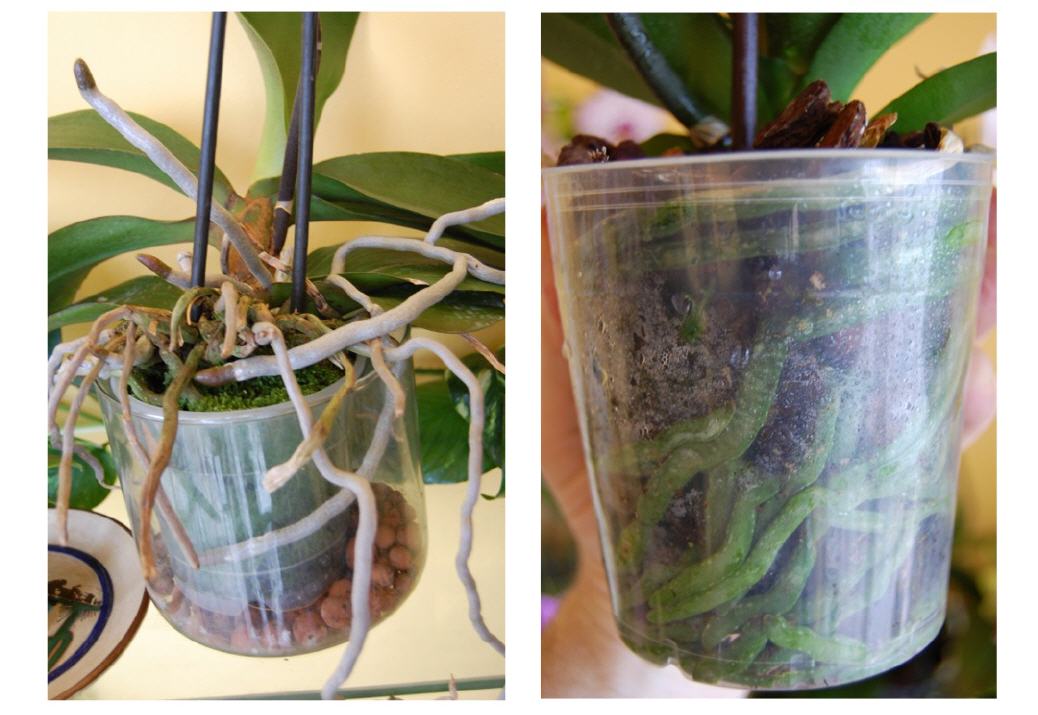The root system of an orchid is vital and can serve as an indicator of your plant’s health. By growing this plant in a transparent pot, you can occasionally check its roots to ensure everything is fine. In this way, if the color of the roots changes, you can intervene quickly. However, to do so, it’s important to interpret the symptoms, namely the colors of the roots. Let’s explore the causes and treatments of an orchid with white roots in the following article.
The Importance of Observing the Roots
Since orchid roots are very sensitive, it’s recommended to monitor their condition daily. Indeed, their appearance can give you a good idea of the plant’s overall health. Therefore, experts recommend growing orchids in transparent pots that allow you to see the roots.
Interpreting the Color of the Roots
You should consider that this tropical plant cannot tolerate prolonged moisture or continuous dryness. Now, let’s see how to interpret the white color in orchid roots.
Why Are My Orchid Roots Whitish?
Generally, orchid roots turn white when the plants are thirsty. In this case, you should fill the plant tray or saucer with water and let the plant soak for about ten minutes. Once rehydrated, the roots will immediately turn green and plump. Don’t forget to let the pot drain well before placing it back on the dry saucer. You can also mist the foliage.
Watering According to the Color of the Roots
Knowing when to water your orchid based on the color of its roots is an excellent watering technique. Simply follow the color change to know when your orchid is thirsty and water at that time. (Roots should be whitish or grayish for watering). That’s it!
Additional Considerations
However, keep in mind that we are talking about underground roots. If the white roots of your orchid are aerial, then it’s completely normal for them to be white.
Maintaining Healthy Roots
What Should Orchid Roots Look Like?
The roots of a healthy orchid are plump and firm. As for color, they are mainly white with green tips. However, roots can be dry or wrinkled and brown if they are old. The latter should be trimmed. (Of course, with a sharp and disinfected tool).
Trimming Dead Roots
Is It Necessary to Cut Dead Roots of Orchids?
After your orchid blooms, you can inspect the plant to remove any dead or damaged parts. Therefore, cut off dead stems and roots at that time to promote the plant’s health. This will allow the orchid to conserve its energy for vital functions and potentially bloom again.
